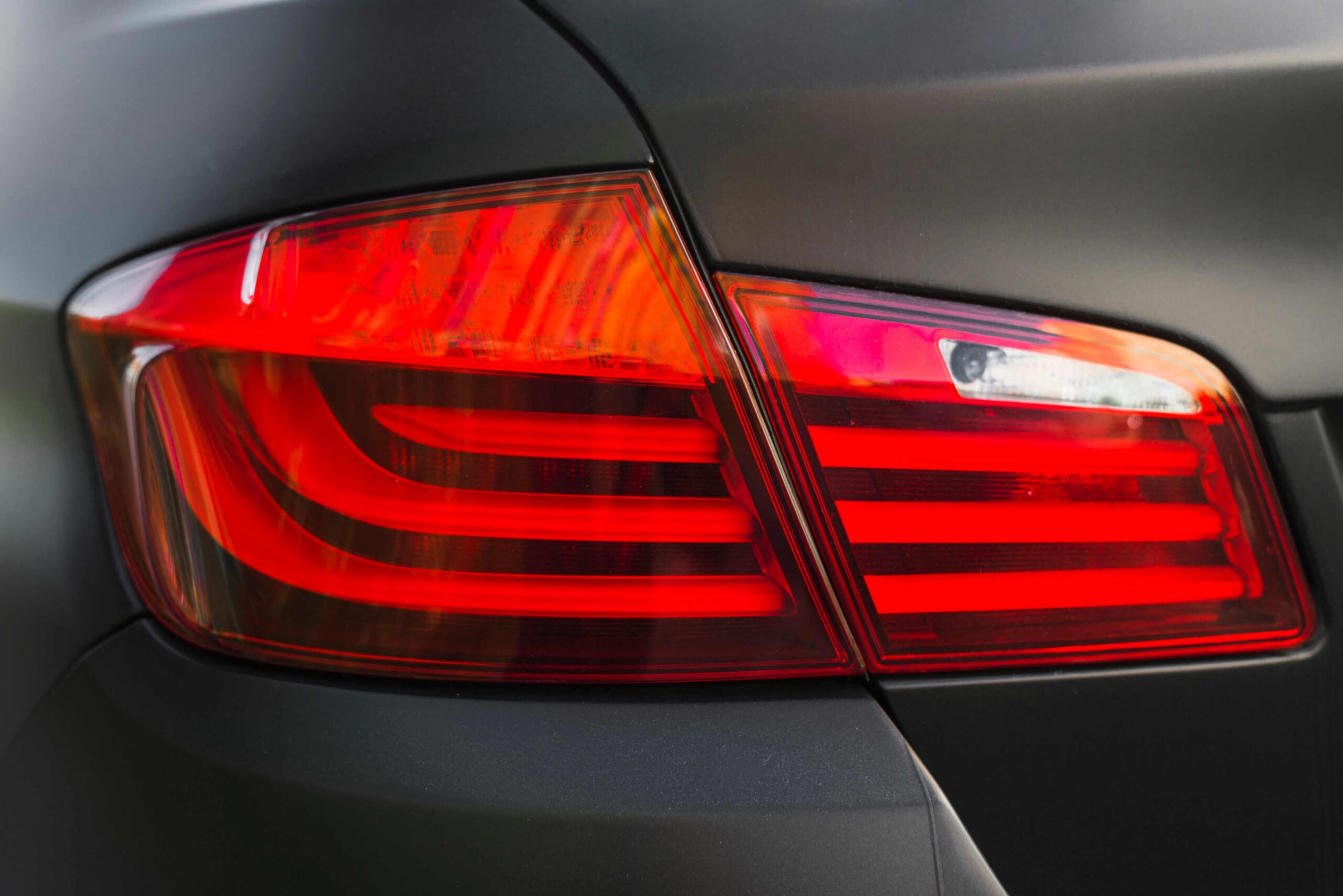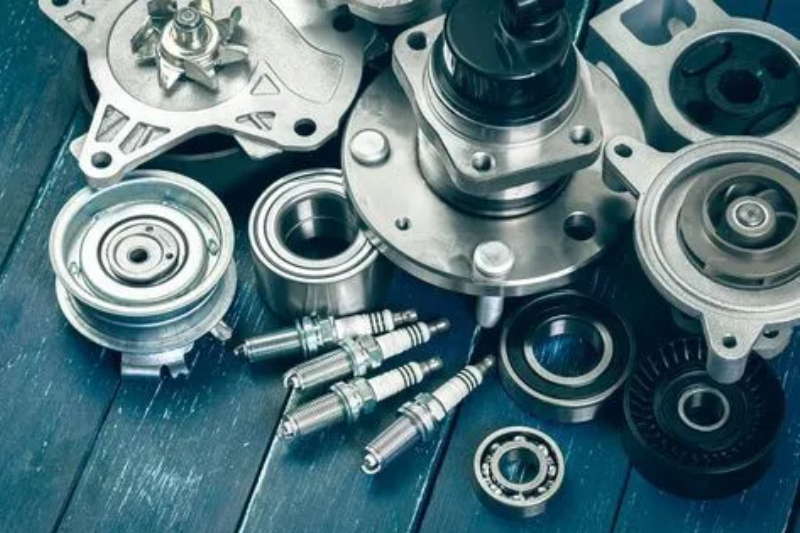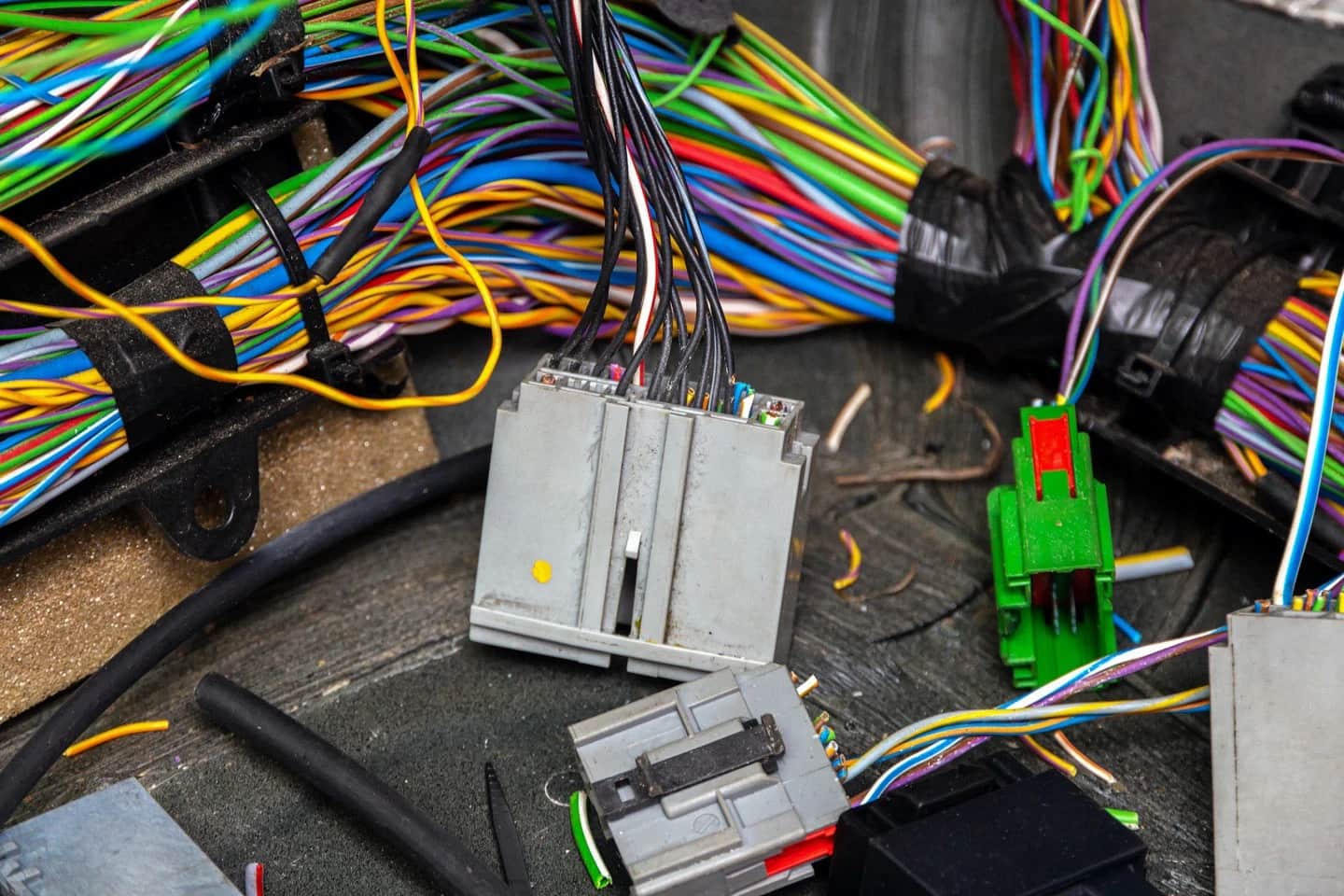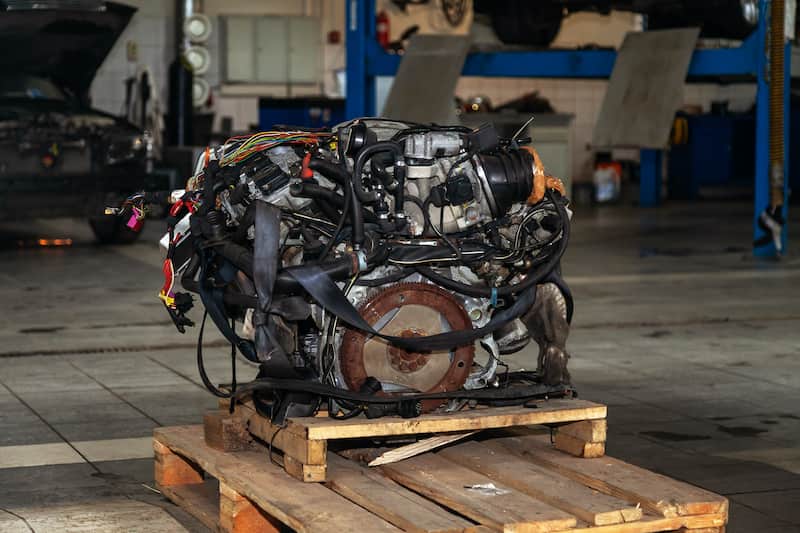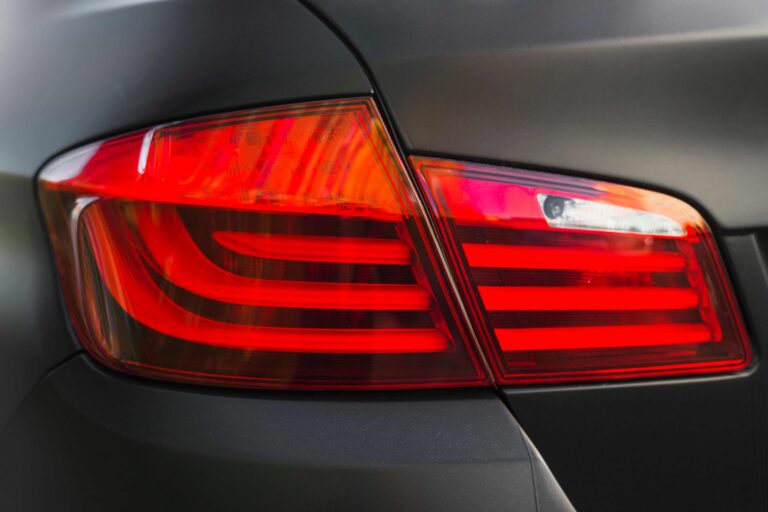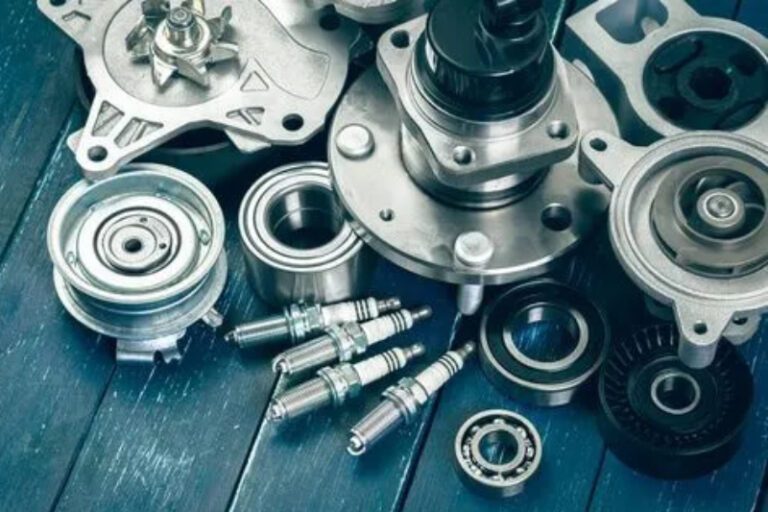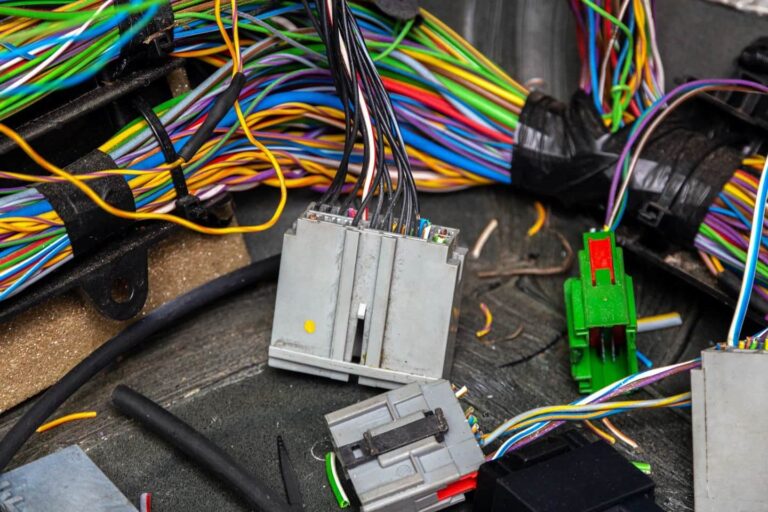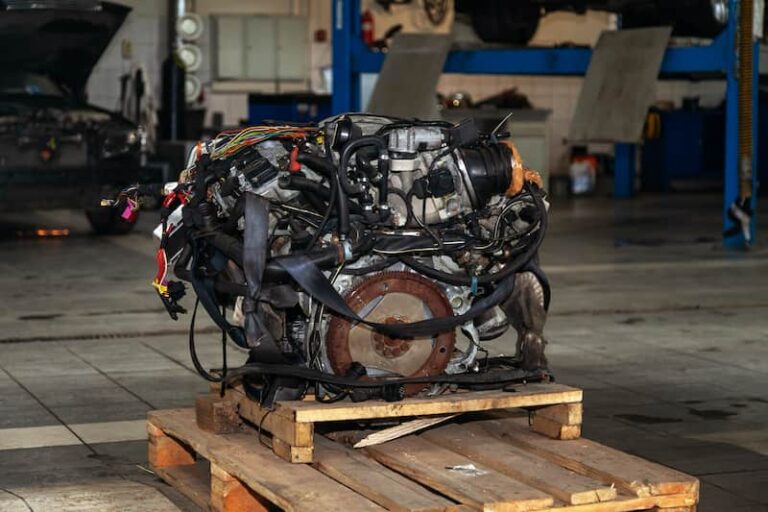Your car’s bumper is more than just a cosmetic feature – it’s a vital safety component designed to absorb and distribute the impact of a collision. Whether it’s a front or rear bumper, its purpose is to protect crucial vehicle parts like the engine, radiator, and transmission from damage. But what happens if your bumper becomes loose or starts hanging off?
Many drivers tend to ignore a partially detached bumper, assuming it’s merely a visual issue. However, a loose bumper can be extremely dangerous, both for you and other drivers on the road. It compromises your vehicle’s safety system, affects driving comfort, and can even get you into legal trouble.
In this article, we’ll explore why it’s unsafe to drive with a loose bumper, the potential risks involved, and what you should do to fix or replace it properly.
Why It’s Dangerous to Drive with a Loose Bumper
When your bumper isn’t securely attached, it can’t perform its intended function effectively. A bumper is designed to absorb energy from minor collisions, protecting not just the car’s exterior but also key internal components. When it’s loose, this protection is lost, and a simple impact can lead to extensive and expensive damage.

Here are the major risks associated with driving a car that has a loose bumper:
1. Reduced Impact Absorption
A properly fitted bumper acts as the first line of defense in an accident. It absorbs shock and minimizes damage to the vehicle’s structure. However, when the bumper is loose, this capability is drastically reduced.
During even a minor collision, the loose bumper may detach completely, transferring the force directly to the hood, headlights, or radiator – resulting in thousands of dollars in repairs.
2. Airbag Malfunction Risk
Modern vehicles are equipped with advanced crash sensors located behind the bumper. These sensors detect impact levels and signal airbags to deploy. If the bumper is misaligned or partially detached, these sensors may not trigger correctly during a crash.
This malfunction can delay or prevent airbag deployment, putting passengers at a higher risk of serious injury during an accident.
3. Risk of the Bumper Falling Off While Driving
One of the biggest hazards of driving with a loose bumper is that it can fall off entirely while on the road. If this happens, it can cause severe accidents by obstructing other vehicles or damaging tires.
In addition, if your bumper detaches and hits another vehicle, you may be held legally liable for the damages or injuries caused. This can result in costly repairs, lawsuits, or penalties.
4. Damage to Other Vehicle Components
A dangling or partially detached bumper can rub against or strike other car parts while driving. Over time, this can lead to scratches, broken clips, or even damage to the exhaust, tires, or underbody panels.
Furthermore, the additional vibration caused by a loose bumper can create noise, reduce comfort, and weaken other connected parts – making the problem progressively worse.
5. Legal and Insurance Issues
In many states, driving with a loose or missing bumper is against traffic regulations. Law enforcement officers may issue fines or citations if your bumper is visibly hanging off.
Also, most insurance companies can reject your claim or deny coverage if they determine that you knowingly drove with a loose or unsafe bumper. This means that even a minor collision could leave you paying for all the damages out of pocket.
Signs of a Loose Bumper
Sometimes, the problem isn’t immediately visible. Here are some signs that your bumper might be coming loose:
- Rattling or scraping noises when driving.
- Uneven gaps between the bumper and car body.
- Visible cracks, sagging, or missing clips.
- The bumper shakes when touched or pressed.
- Poor alignment of headlights or fog lights (especially in front bumpers).
If you notice any of these symptoms, it’s best to inspect the bumper immediately or visit a professional mechanic.
What Can Happen if You Ignore a Loose Bumper
Ignoring a loose bumper can cause several long-term issues:
- Decreased resale value due to poor vehicle condition.
- Higher repair costs when the damage spreads to other parts.
- Increased noise and vibration during driving.
- Reduced safety in case of an accident.
- Potential tire or undercarriage damage if the bumper drags on the road.
Neglecting this problem not only endangers your safety but also affects your vehicle’s overall performance and value.
What Should You Do if Your Bumper Is Loose?
The good news is that a loose bumper doesn’t always require a complete replacement. Depending on the cause, it might be an easy and inexpensive fix.
1. Inspect the Damage
Check for visible cracks, missing screws, or broken clips. Gently tug the bumper to see which section feels loose. If only a small section is detached, you might be able to reattach it using clips or fasteners.
2. Tighten the Screws or Bolts
If the issue is minor, tightening the bolts and screws might solve it. Use a wrench or screwdriver to secure the bumper brackets and ensure proper alignment.
3. Replace Missing or Damaged Clips
Bumper clips are inexpensive but essential. If you notice broken or missing clips, replace them with OEM parts for a secure fit.
4. Visit a Mechanic
If the bumper is cracked, misaligned, or hanging off completely, visit a professional mechanic. They’ll evaluate whether it can be refitted or if it needs replacement.
5. Consider a Replacement Bumper
If your bumper is severely damaged or deformed, replacement might be the safest option.
The average cost of a used bumper replacement ranges from $150 to $500, depending on the make and model of your vehicle. Luxury cars or specialty models can cost significantly more. Opting for aftermarket bumpers can save money, but make sure they meet safety standards.
Preventive Tips to Avoid Loose Bumpers
- Avoid parking too close to curbs or objects that can scrape your bumper.
- Drive cautiously on rough terrain to prevent clips from loosening.
- Regularly check your bumper alignment during routine car washes or maintenance.
- Address minor damage immediately before it worsens.
- Consider using bumper reinforcements or guards if you frequently drive in congested traffic.
Final Thoughts
Driving with a loose bumper is far from safe – it’s a serious risk that can lead to accidents, injuries, and expensive repairs. Your bumper isn’t just an exterior accessory; it’s a crucial part of your car’s safety system.
Even a slightly detached bumper can compromise impact absorption, affect airbag functionality, and lead to further damage. Therefore, it’s important to inspect, tighten, or replace your bumper at the earliest sign of looseness.
Whether you choose a DIY fix or visit a mechanic, addressing the problem early will keep you safe, preserve your car’s value, and ensure a smooth driving experience. In short – if your bumper is loose, don’t ignore it – fix it before you drive again.
Frequently Asked Questions (FAQs)
While it’s physically possible to drive with a broken bumper, it’s not safe. A loose bumper can fall off, damage your car, or injure others. It also reduces the bumper’s ability to absorb collision impacts.
You can try tightening screws and realigning the bumper manually. If the bumper clips are damaged, replace them. However, if the bumper is cracked or deformed, professional help is recommended.
Bumper repair or replacement typically costs between $150 and $500 for standard vehicles. Luxury or newer models can cost up to $1,000 or more, depending on labor and material costs.
Yes, it can. A loose bumper increases drag, causes noise, and can interfere with other components like fog lights or sensors. Over time, it may even affect fuel efficiency.
In most U.S. states, driving without a bumper is illegal and considered unsafe. It can result in fines, inspection failures, and insurance complications. Always ensure both bumpers are securely attached before driving.


